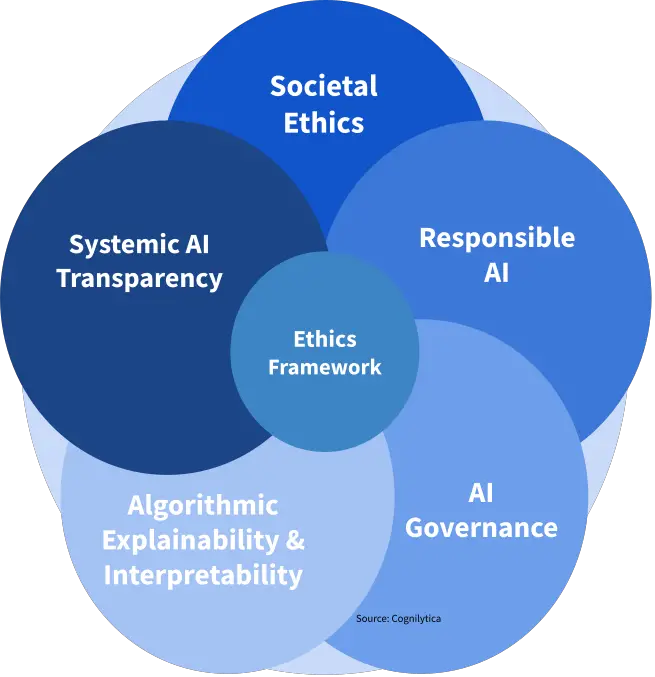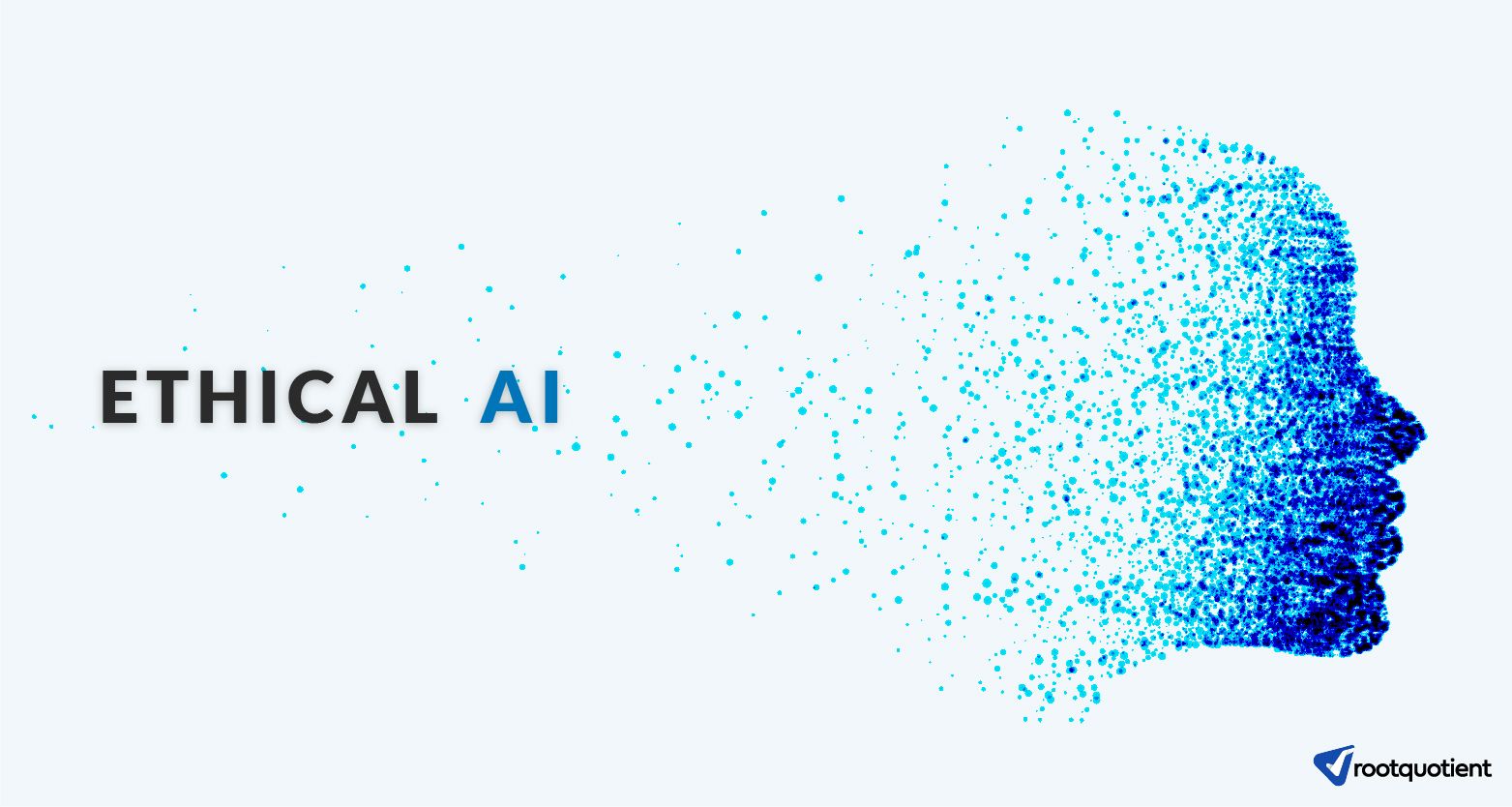Ethical AI Design: Principles and Practices

The rapid development and adoption of Artificial Intelligence (AI) technologies bring forth ethical considerations that necessitate responsible and ethical design practices. Ethical AI design encompasses a set of principles and practices that guide the development and deployment of AI systems to ensure their alignment with societal values and ethical principles. Adhering to these principles and practices enables organizations to build trustworthy, fair, and beneficial AI systems that contribute positively to society.

Principles of Ethical AI Design:

- Fairness: AI systems should treat individuals equitably, regardless of their race, gender, age, or other protected characteristics. This involves mitigating potential biases in data and algorithms and ensuring that AI outputs are unbiased and just.
- Transparency: Ethical AI systems should be transparent and explainable, allowing stakeholders to understand how decisions are made and the basis for those decisions. This promotes accountability and trust in AI technology.
- Accountability: Clear lines of responsibility and accountability must be established for AI systems throughout their lifecycle. This ensures that any harm or unintended consequences can be traced back to specific individuals or entities responsible for the system’s development and deployment.
- Privacy: AI systems should respect and protect individuals’ privacy rights. Personal data should be collected, stored, and used responsibly, with appropriate consent and transparency measures in place.
- Safety and Security: Ethical AI systems must prioritize the safety and security of individuals and society. They should be robust, reliable, and designed with safeguards to prevent misuse or harm.
- Human Values: AI systems should align with and uphold human values, including fairness, justice, equality, and respect for human dignity. They should be designed to serve humanity’s interests rather than solely pursuing technological advancement.
Practices for Ethical AI Design:
- Bias Mitigation: Employ rigorous data analysis and algorithmic auditing techniques to identify and eliminate potential biases in data and algorithms. Implement measures to promote fairness and ensure equitable treatment across different subgroups.
- Explainability and Interpretability: Design AI systems that are interpretable, providing clear explanations of how decisions are made. This allows stakeholders to evaluate the system’s logic, identify potential errors, and build trust in its outcomes.
- User Control and Transparency: Empower users with control over their personal data used by AI systems. Provide transparent documentation, user education, and clear communication channels to foster understanding and informed consent.
- Privacy-Preserving Techniques: Implement anonymization, pseudonymization, and differential privacy techniques to protect individuals’ privacy while still enabling valuable insights and data analysis.
- Security and Robustness: Establish strong security measures to protect AI systems from malicious attacks, unauthorized access, and data breaches. Ensure the system’s reliability, accuracy, and resilience to prevent unintended consequences.
- Stakeholder Engagement: Involve a diverse range of stakeholders, including users, experts, and ethicists, in the AI design process. Encourage feedback, ethical assessments, and ongoing discussions to address potential concerns and incorporate ethical considerations.
By adhering to these principles and implementing these practices, organizations can design and deploy ethical AI systems that contribute positively to society, promote fairness, protect privacy, and uphold human values. Ethical AI design fosters trust, transparency, and accountability in AI development, ultimately benefiting individuals and organizations alike.

